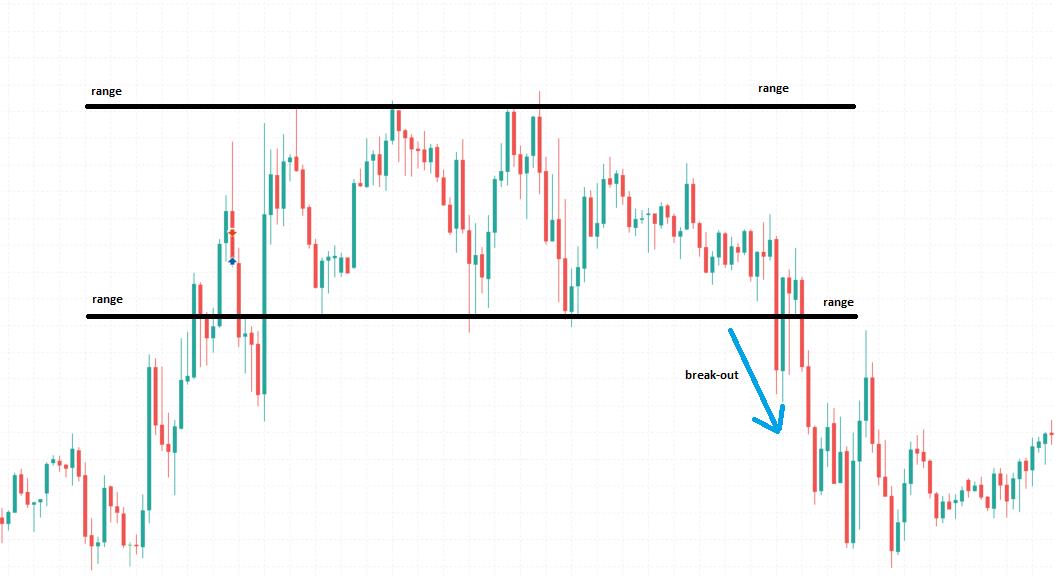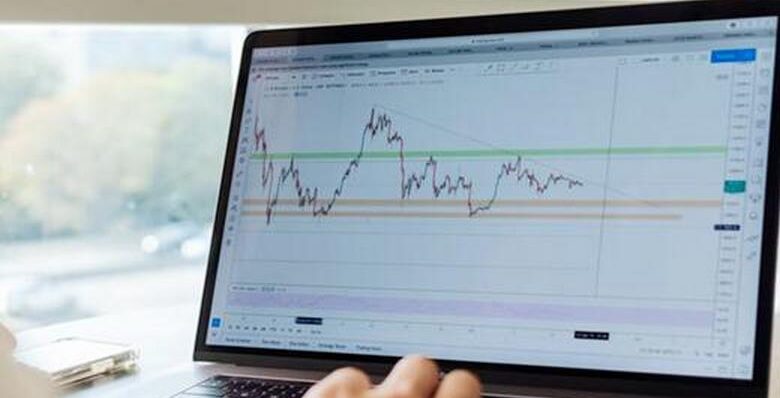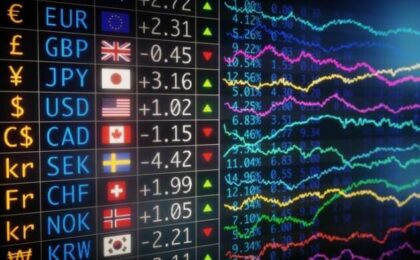Forex scalping and scalping trading strategies
What is scalping in forex? This question is quite easy to answer, but it has two very important factors as requirements: Leveraged trading and as tight as possible spreads. The best forex trading scalping strategies use leverage which enables traders to borrow capital from a broker in order to gain more exposure to the forex market, using at the same time only a very small percentage of their full asset value.
Forex scalping is a commonly used trading strategy where traders place multiple orders within a short period of time to profit from small price movement. Scalpers enter and exit the market relatively fast, and they aim to capture small price differentials locking small profits on pip movements or “micro trends”.
In this article, we will focus on some key characteristics and techniques associated with forex scalping.
- Short timeframes: Scalping has become synonymous with short term trades. Scalpers focus on 1-minute, 5-minute or 15-minute charts and try to identify quick price movements and trading opportunities.
- High-frequency trading: The main goal of scalpers is to execute numerous trades throughout the day, aiming to accumulate small profits from each trade. Orders typically open and close within seconds or minutes.
- Small profit targets: Locking small profits originate from capturing small price fluctuations, usually targeting a few pips per trade. Scalpers rely on high frequency trading to accumulate profits over time.
- Tight take-profit and stop-loss orders: Since the main goal is to capture small price movements, scalpers use limits on their orders. In case the market will move on their favor, a take profit with a few pips profit will be reached. Otherwise, if the market moves against a trade, they immediately cut off their losses with tight stop-loss limit orders. The limit levels are much smaller and tighter compared to other trading strategies.
- Rapid trade execution: Scalpers use advanced trading platforms and software to enter and exit the market swiftly. Quick execution is crucial to capitalize on short-lived price discrepancies.
- Technical analysis: Scalpers primarily rely on technical analysis and the numerous technical indicators which can be applied on chart patterns to identify entry and exit points. The most popular indicators which can be used are Moving Averages (Mas), Stochastic Oscillators and Bollinger Bands.
- High focus and concentration: Scalping strategies require intense focus and attention to detail while monitoring the market continuously. Traders need to react quickly to constantly changing market conditions and to make instant trading decisions.
Taking all the above into consideration, traders can apply scalping trading strategies. The most used ones are the below:
- Simple Scalping Strategy: This strategy focuses on spotting short-term trends and trading in the direction of the prevailing trend. After all, ‘’the trend is your friend’’, either short term or long term. To identify trends, traders can look for higher highs in case of uptrends or prices formulating lower lows in case of downtrends. Usually, scalping trades are placed upon pull backs or when there are slight retraces and lock small profits.
- Breakout Scalping Strategy: This strategy involves the identification of support and resistance levels and trading upon prices’ breakouts. Traders can spot prices moving into a range, and when the price breaks this range with momentum it would be the ideal opportunity for entering a trade and locking up small profits.
- Technical Analysis: Scalpers can rely on multiple technical indicators to identify trends and possible small market movements. Traders can use oscillators, like Relative Strength Index (RSI), to determine overbought or oversold conditions and execute trades accordingly. Traders can also use Moving Averages (MAs), where they can use a combination of fast- and slow-moving averages to enter trades.

It is important to note that all forex trading scalping strategies are high-risk. Placing numerous transactions, targeting tight profit ranges, and calculating all costs involved requires experienced and highly skilled traders. Other trading disadvantages need also to be considered like slippage, spreads and trading fees applied for calculating the overall profitability.
Precise execution, strict risk management and quick decision making are key factors for successful scalping trading. As always, you should test and practice any strategy first to a demo account, and once you feel comfortable (trading style, currency pairs, timeframes, etc) then switch to a real trading account.



